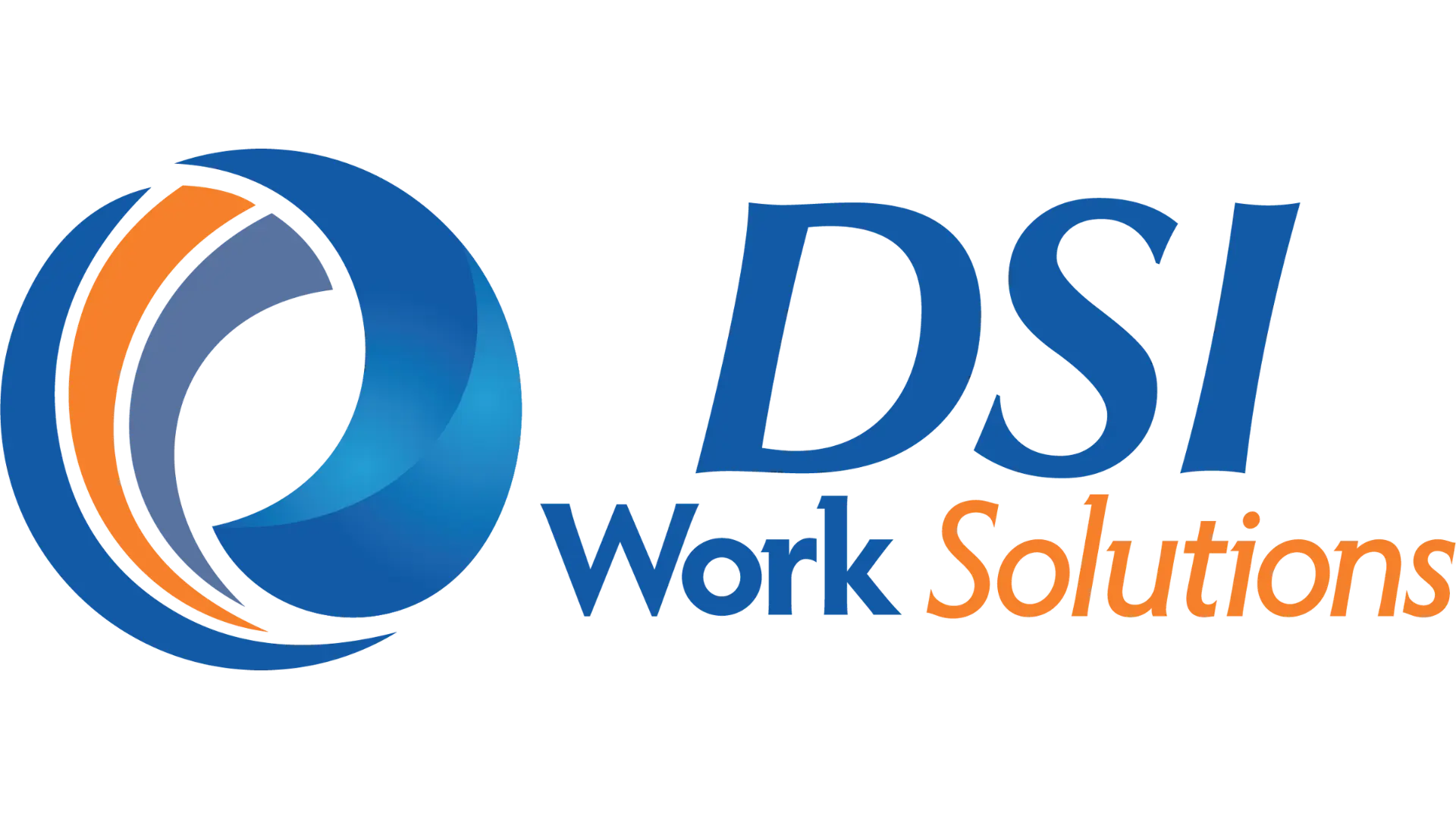Introduction
In the progressive world of rehabilitation, the concept of Job Analysis stands out as a cornerstone for both clinical practice and workplace wellness. I’ve witnessed firsthand the transformative impact of this approach. This method isn’t just about understanding a job’s demands, it’s about tailoring our therapeutic interventions to meet the specific needs of each job, ensuring a more effective and meaningful return to work for patients, an advancing work injury prevention initiatives.
The Essence of Job Analysis
Job Analysis is primarily about understanding the specific demands of a job in detail. It’s not just a list of tasks; it’s an in-depth look at what the job actually involves. This process helps in identifying the essential functions of a job, which are crucial for determining the capabilities required to perform it. For rehab professionals, understanding these nuances is key to developing effective rehabilitation strategies that align with their patients’ professional requirements.
Creating a job function list, or an essential function list, is central to this analysis. This involves pinpointing the most important tasks that define a job. The list is usually concise, containing five to ten core functions. This clarity is vital. It ensures that everyone, from rehab professionals to employers and employees, has a common and accurate understanding of what the job entails. This is essential for effective therapeutic interventions and successful return-to-work outcomes.

Steps in Conducting a Job Analysis
The first step in conducting a Job Analysis is to review the job description provided by the human resources department. This document serves as the starting point, giving an overview of the job’s responsibilities and requirements. However, since our focus is on the physical aspects of the job, this initial description likely does not fully capture the specific physical demands. It’s important to align our job analysis with this job description while being mindful of any additions or changes that might be necessary, ensuring an accurate depiction of the job’s physical demands.
A critical first step in the Job Analysis is a walkthrough of the actual work environment. This allows for a firsthand observation of the physical demands of the job and the context in which they are performed. It’s not just about what employees do, but how they do it as a matter of routine. The walkthrough is also an opportunity to establish visibility and build trust with employees and supervisors. Being present in their work environment demonstrates a commitment to understanding their daily challenges and fosters a cooperative atmosphere. This trust is essential for gathering accurate and valuable information during the analysis process.
Stakeholder Meeting, Planning, and Execution in Job Analysis
A pivotal step in Job Analysis is the Stakeholder Meeting, where key individuals who are integral to the job’s ecosystem are brought together. This group includes employees, supervisors, union representatives, safety staff, and HR representatives. Their collective insights and perspectives are invaluable in developing an accurate and comprehensive job function list. Employees, in particular, provide critical input, as they are closest to the everyday realities of the job. This collaborative approach ensures that the job analysis reflects the actual working conditions and requirements, making the process more relevant and effective.
The planning phase that follows is equally crucial. It involves selecting the necessary equipment, determining which employees should be involved in the analysis, and scheduling optimal timing for the analysis. This stage is fundamental to the success of the entire process. Proper planning ensures that the job analysis is conducted efficiently, with minimal disruption to the regular workflow, and with maximum relevance to the actual job conditions. It’s this strategic approach to planning and execution that enhances the effectiveness of Job Analysis, leading to more accurate and actionable results.

Impact and Benefits of a Well-Developed Job Function List
A well-developed job function list is more than just a document; it’s a pivotal tool that significantly enhances communication within the workplace and between stakeholders. With a clearly outlined job function list, a bridge of understanding exists between various stakeholders, which include employees, management, employer representatives, healthcare professionals and others. This communication clarity is instrumental in improving injury prevention initiatives as well as return-to-work outcomes. When rehab and other medical practitioners have a better understanding of what a job entails, they can tailor return to work and rehabilitation programs more effectively, ensuring that returning employees are adequately fit for their specific job roles. This not only reduces the likelihood of re-injury, but also expedites the return-to-work process, thereby limiting time away from the workplace or spent in restricted duty roles. These improvements can substantially reduce costs, improve return to work outcomes and avoid inadvertent discrimination concerns.
Moreover, a comprehensive job function list empowers both employees and employers. Employees gain a clear understanding of their job’s functional and physical requirements. This allows them to focus on relevant skills and capacities in injury prevention efforts, and also in the return to work process. For employers, this list provides an important foundation for making informed decisions about where to focus injury prevention efforts. When return to work is the issue, it guides focus on job modifications, accommodations, and assignment of appropriate tasks to recovering employees.
In essence, job analysis has the capability to enhance the overall productivity of the workforce, ensure that employees are suitably matched to their roles, reduce downtime, and foster a more efficient and proactive work environment.

Conclusion
I encourage you to further explore the intricacies of job analysis and its applications in injury prevention and management by taking our Job Function Matching course. Our courses are rich in practical insights, and are designed to deepen your understanding and enhance your skills in this critical area. The DSI website is a hub of valuable resources tailored for professionals in healthcare, human resources, safety, and other related fields. We provide an opportunity to try the first lesson of our courses at no cost or obligation. Our commitment is to empower you with the knowledge and tools necessary for effective work injury management and prevention, contributing to safer and more productive work environments.
Join us next week for the 4th in this series of 6 videos to further your understanding of the value of job analysis and its impactful role in workplace wellness.












.webp)